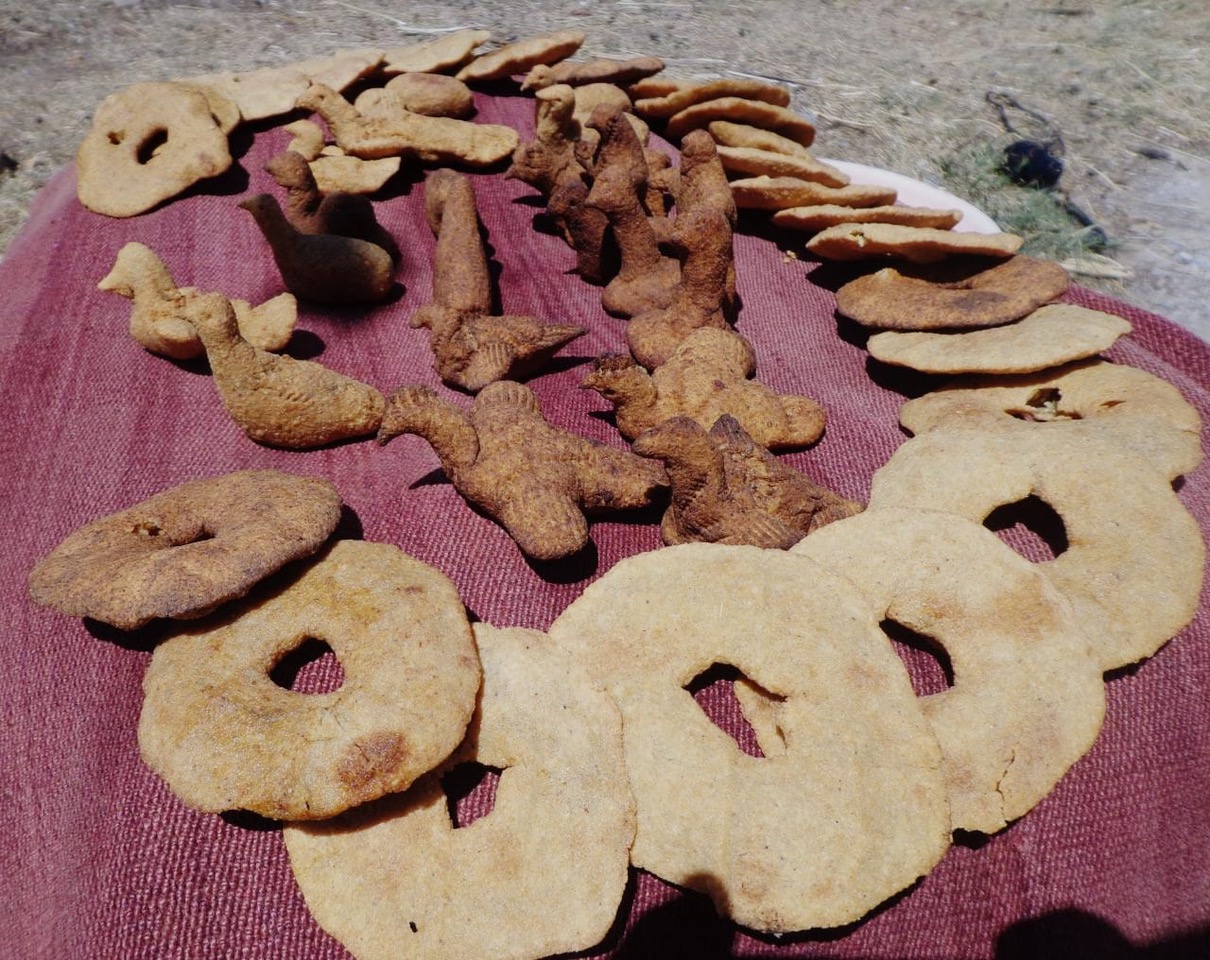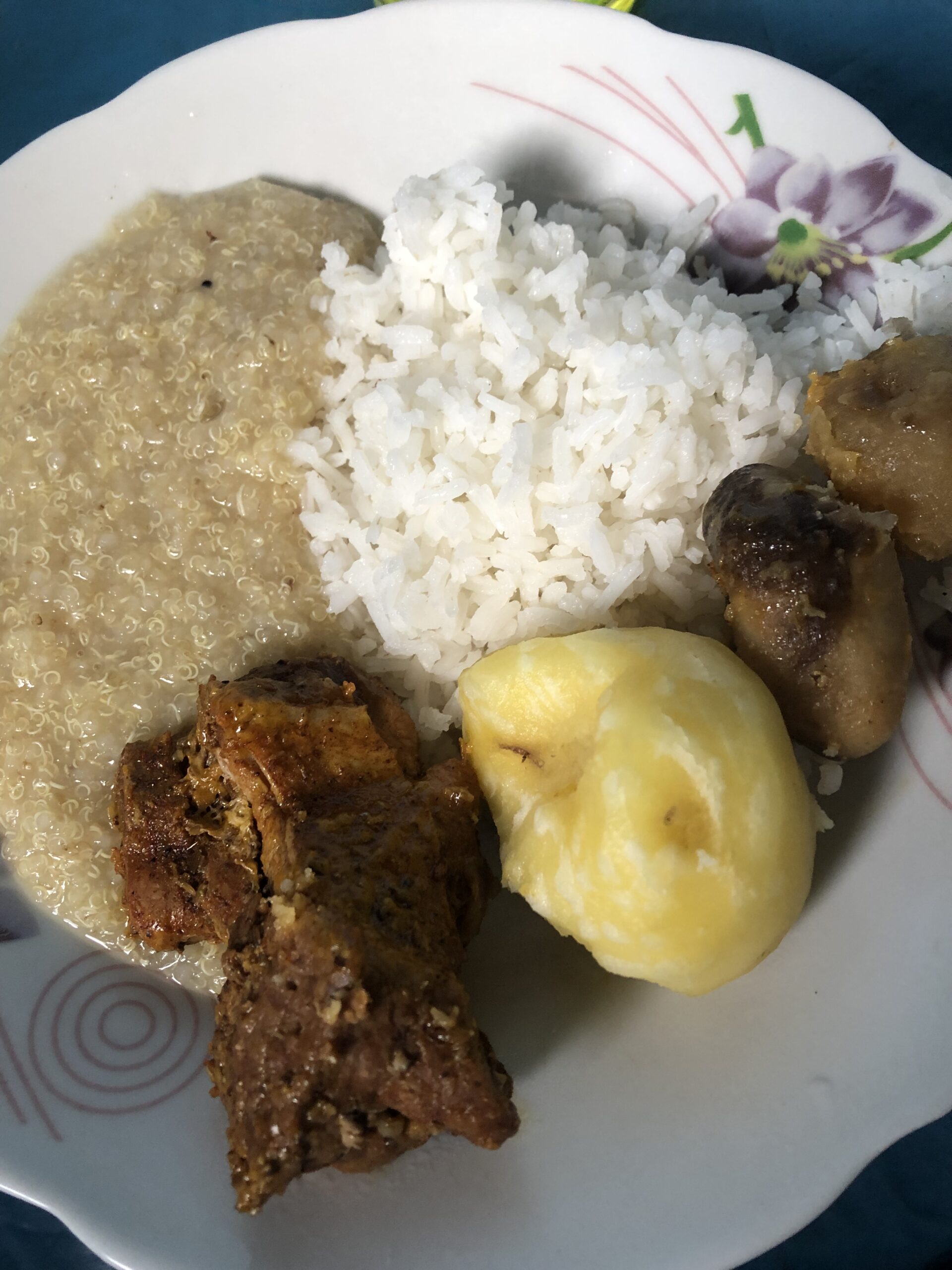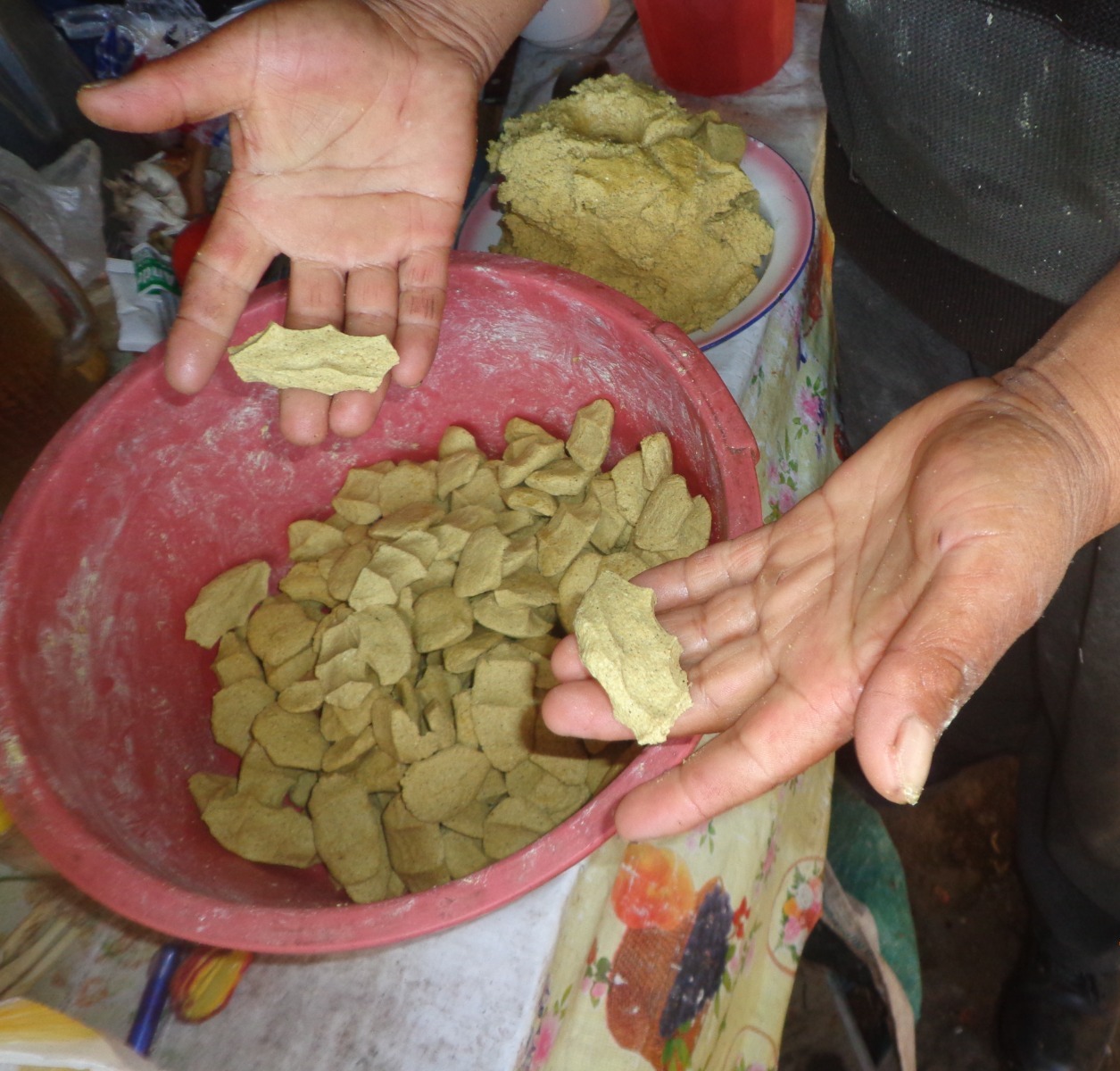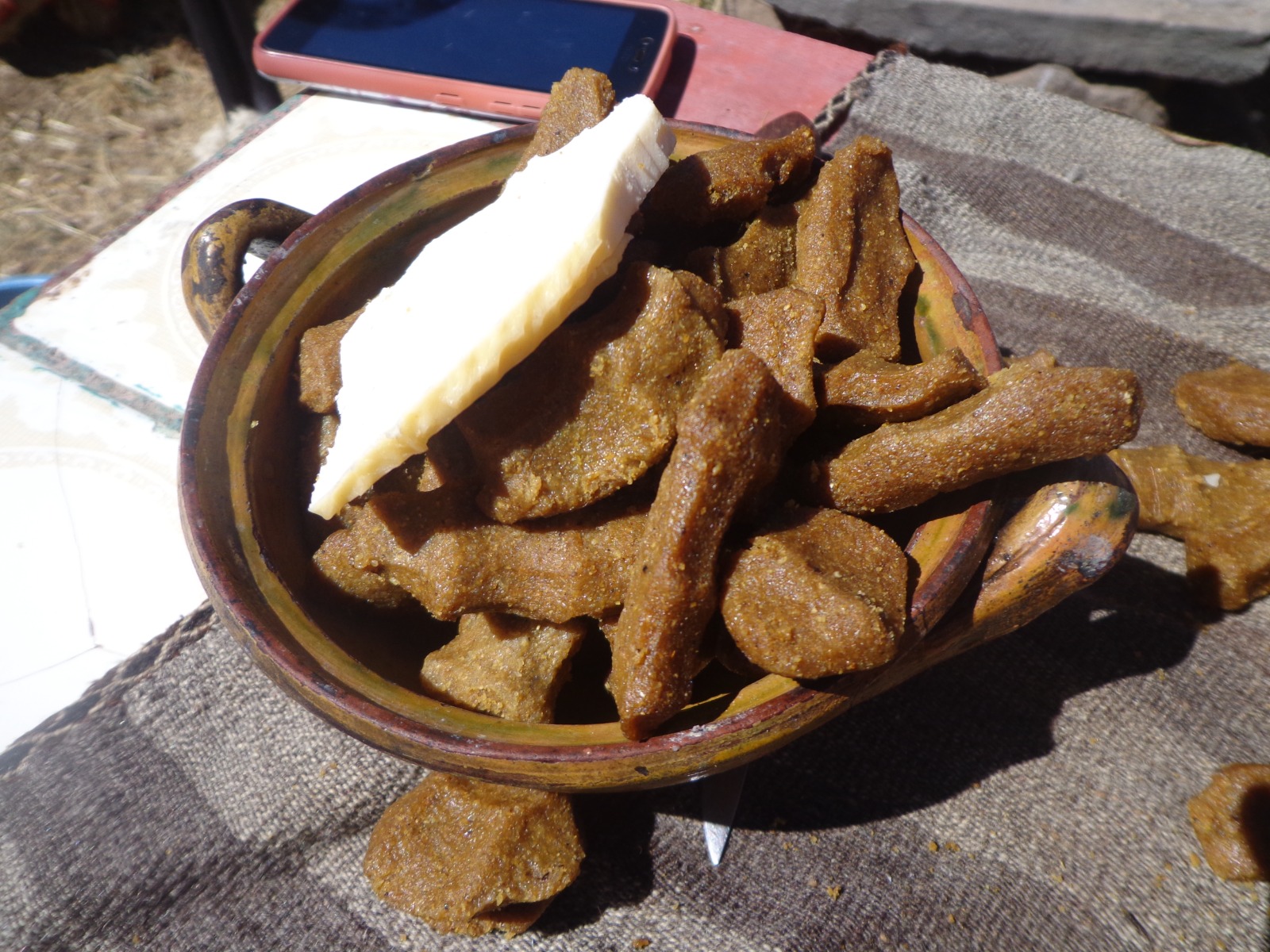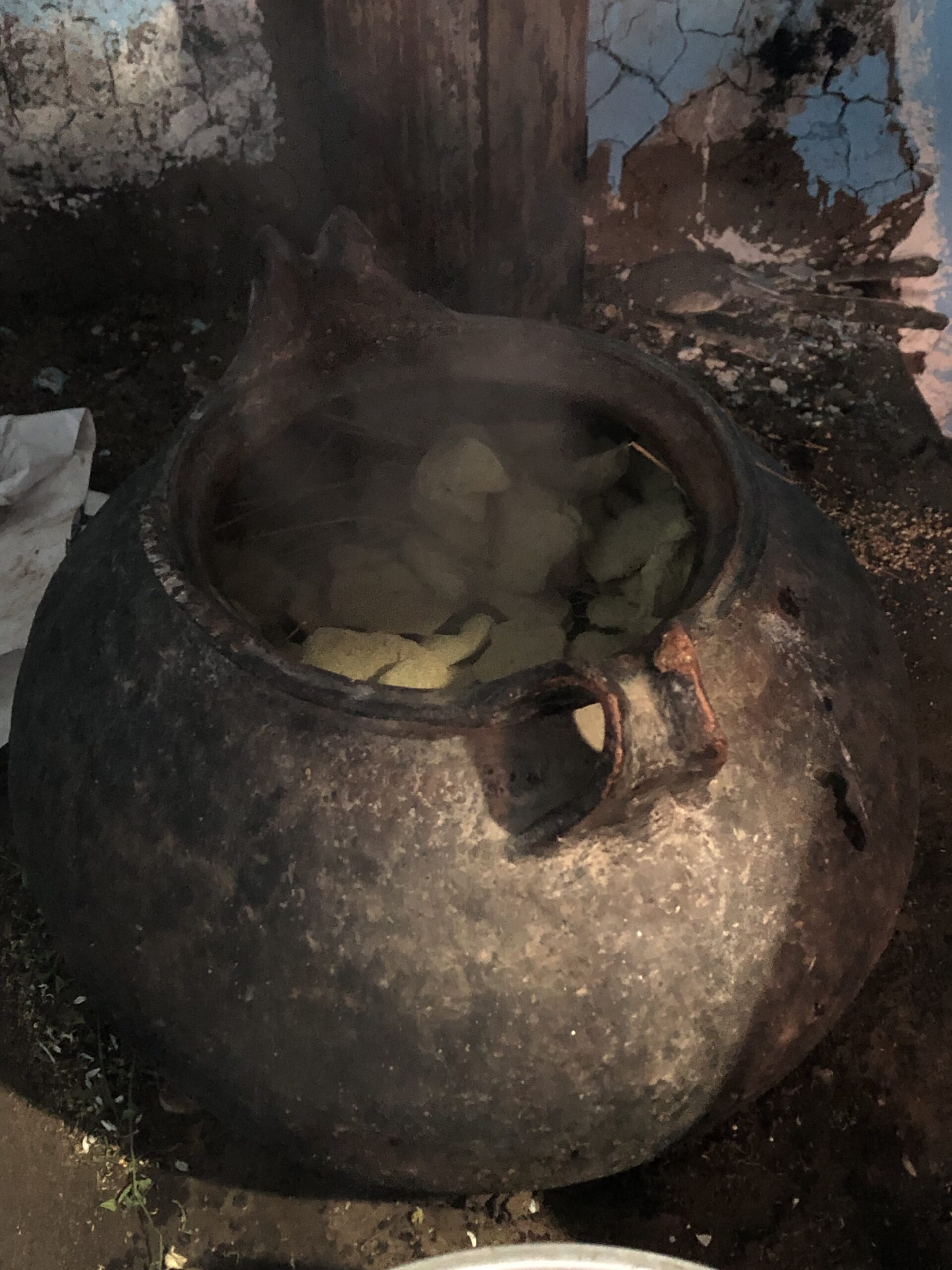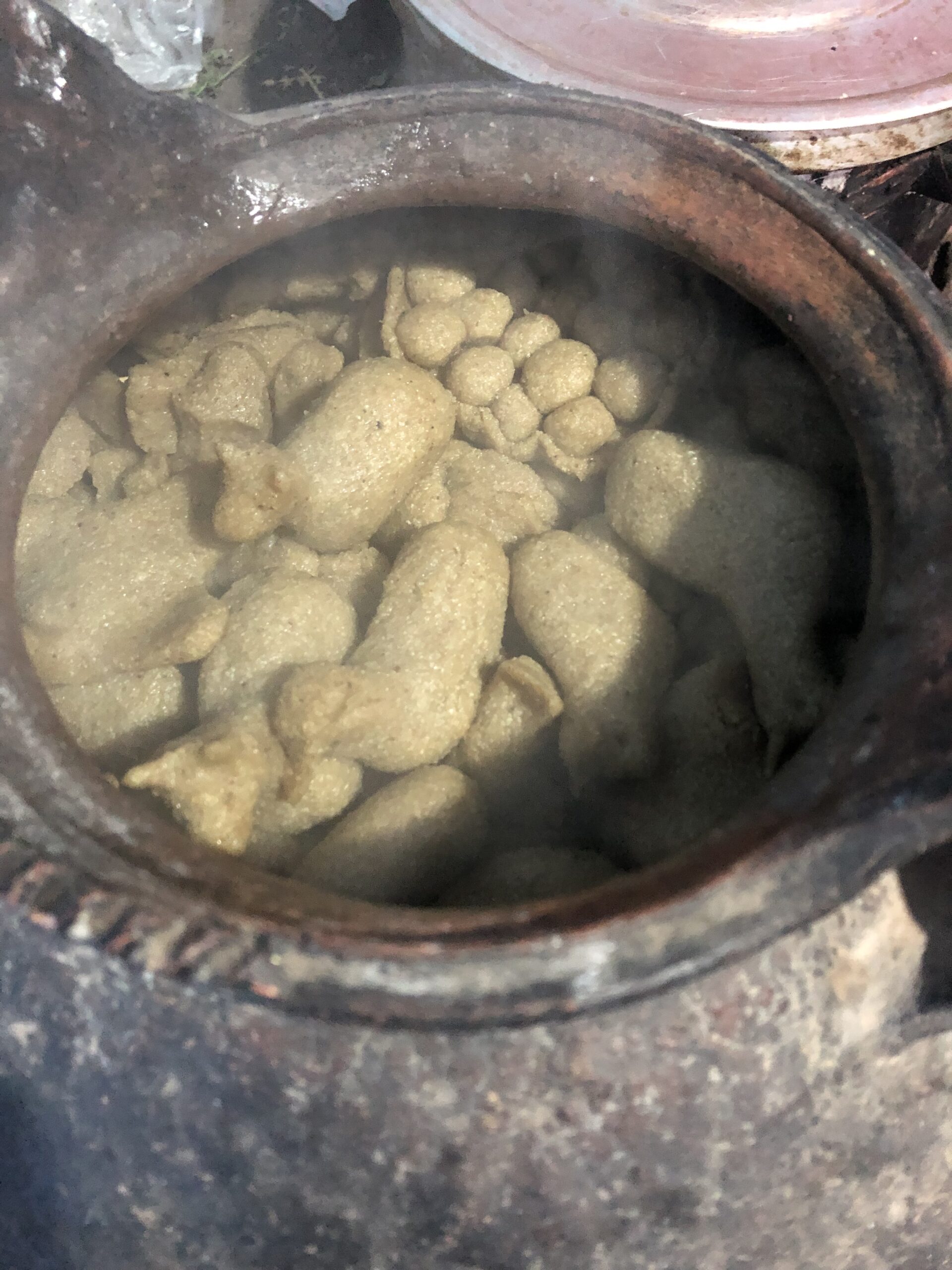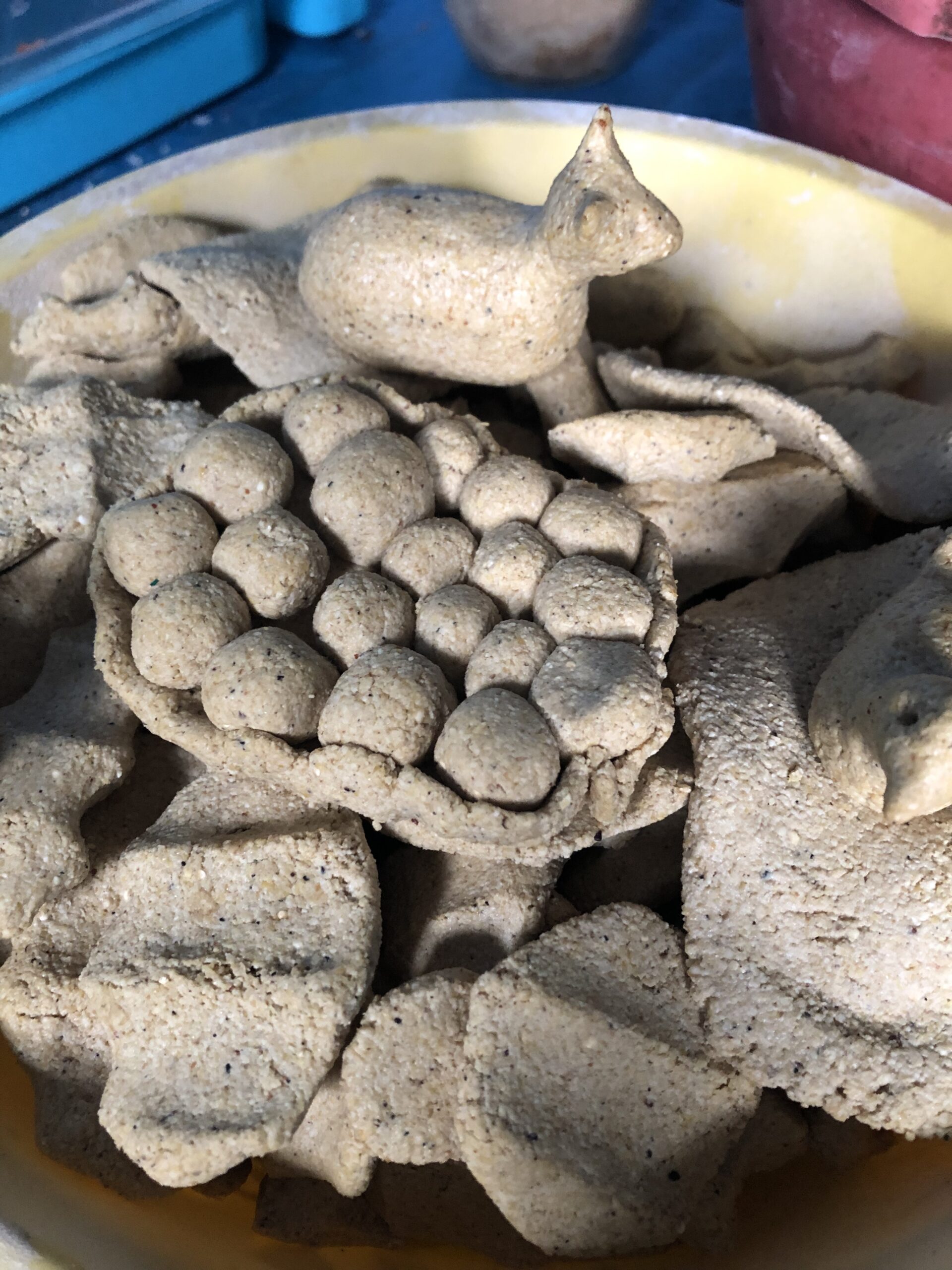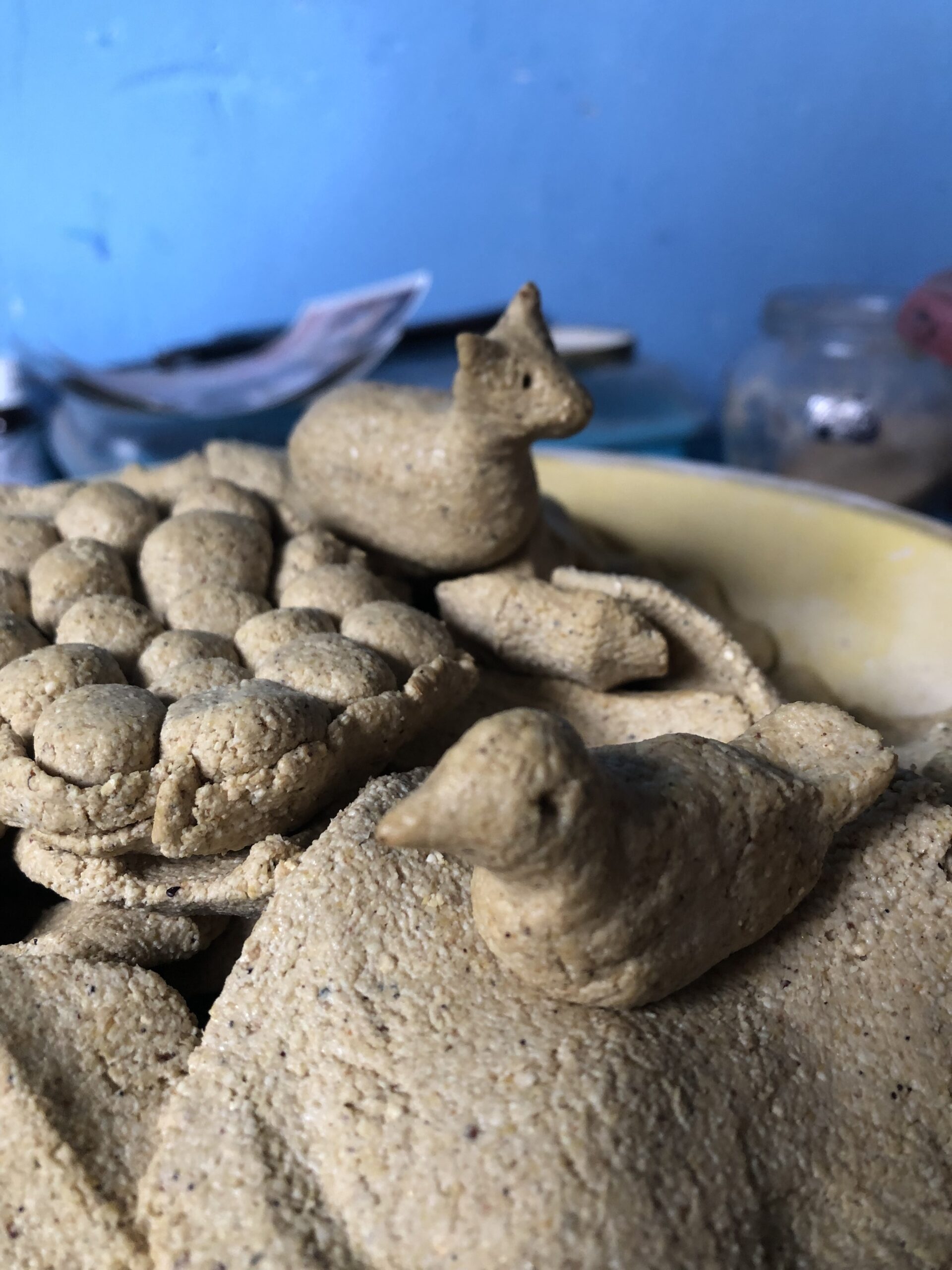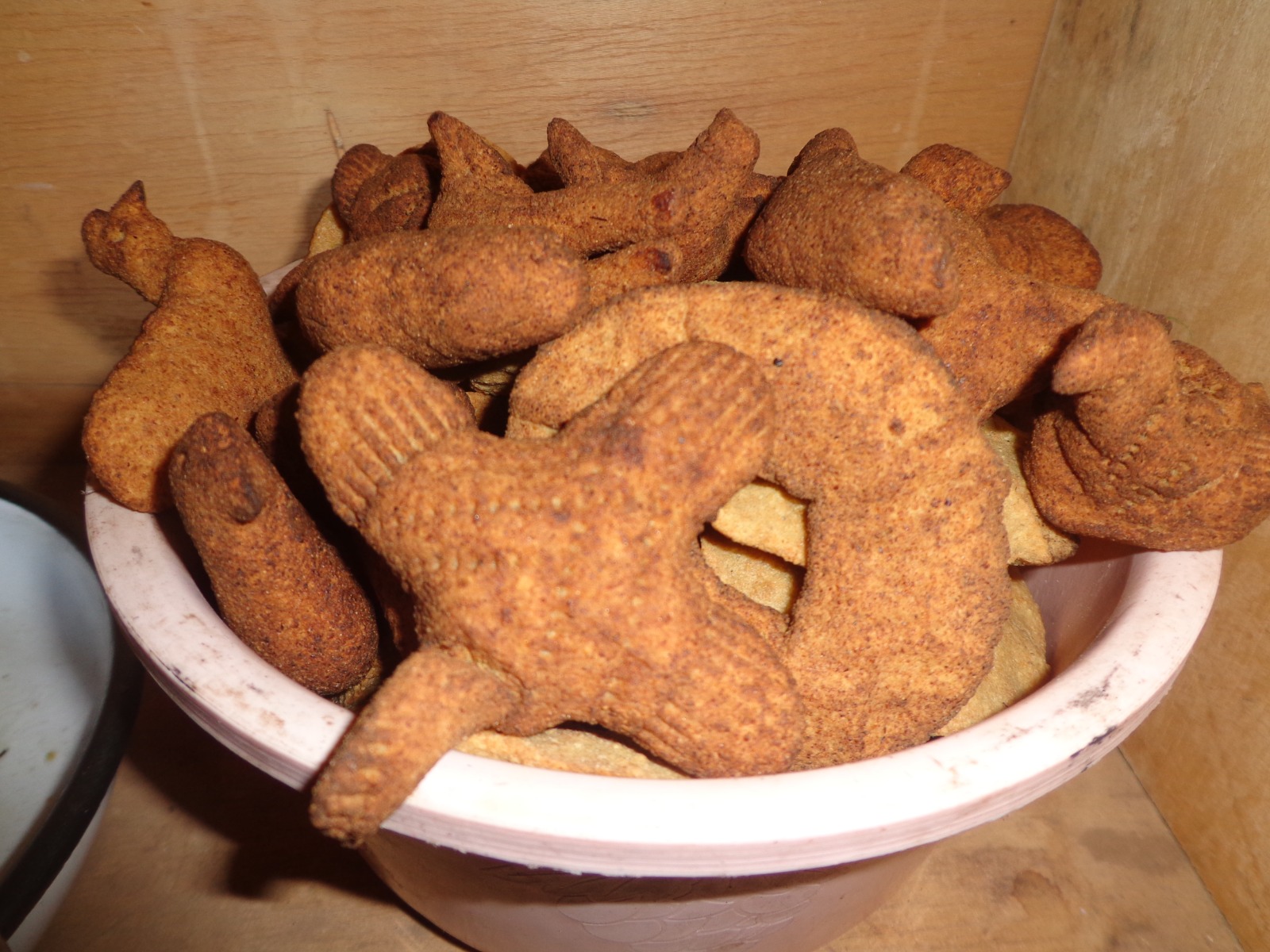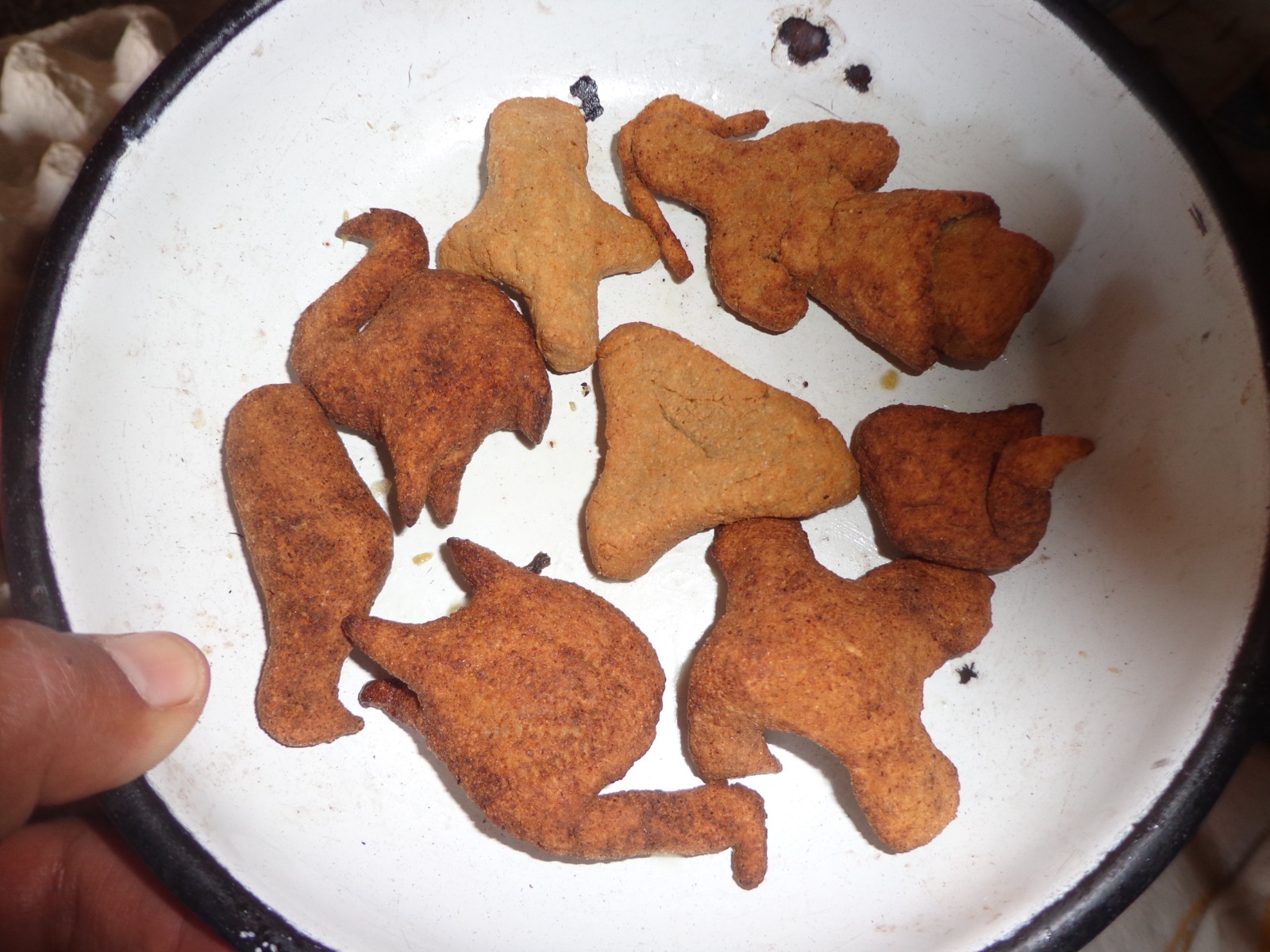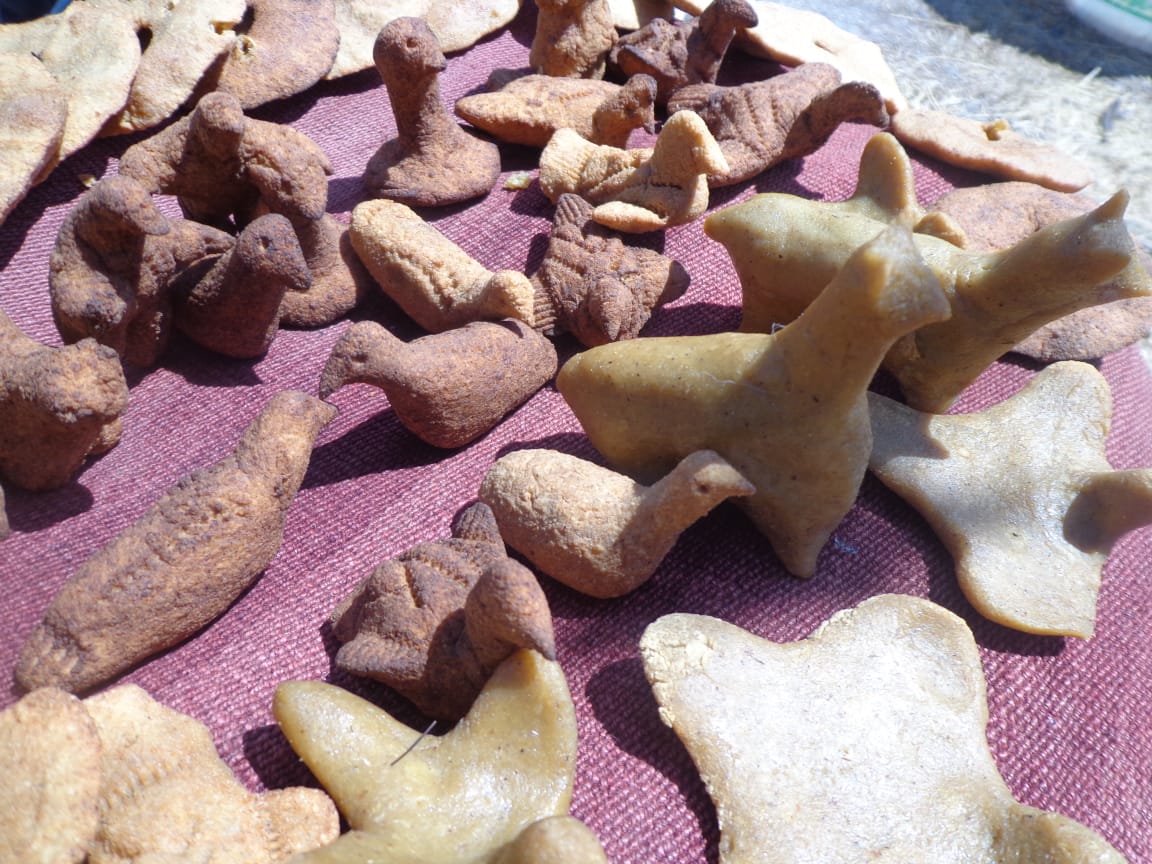Gastronomy
In the face of the food crisis and the COVID-19 pandemic in Peru, the traditional cuisine of the inhabitants of the highlands has made it possible to reassess the consumption of quinoa. The pandemic and rising cost of food in recent years has led people to reevaluate the importance of quinoa, which was once considered “poor people’s food”. During the pandemic, which included lockdowns and disruptions in transportation, growing and storing food at home contributed to the food security of rural households. This time at home also encouraged the preparation of traditional foods using locally-grown crops, including dishes made from quinoa. While the emphasis on quinoa’s nutritional value has encouraged some gastronomic innovation and the adaptation of international dishes (“quinoa fried rice”, for example), the most common quinoa dishes continue to be those that have been part of the traditional diet and cultural life in the altiplano. Typical foods such as kispiño, made from ground quinoa, are shaped into animals that symbolize fertility and growing herds in the coming year. Dishes like pesque (porridge) are sold in busy markets stalls and prepared at home. While quinoa’s popularity grows internationally, in rural communities in the altiplano, it must also compete with convenience foods like rice and pasta, changing tastes, and the loss of traditional culinary knowledge.
